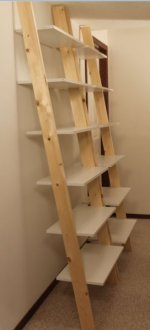The cross stop (a must in my opinion for repetitive work/multiple pieces) is indispensable for his project, and at 10:20, he cleverly used a shop-made guide to position the machine. 2 placement lines instead of 80.
Double/twin tenons are the key to super strong joints if you don't have the DF700.

